Every spring and summer, concerned individuals come across baby animals who appear to be abandoned or in distress. While your instincts to help are kind, knowing when and how to step in is essential. Many situations are best handled by professionals, such as those working with animal welfare charities and licensed wildlife rehabilitators. Here’s a compassionate, safe guide to help orphaned or injured wild baby animals that may need care, or may simply need to be left alone.
Baby Birds: When to Intervene and When to Wait
Featherless or Nearly Featherless Chicks
If you find a featherless baby bird that has fallen from its nest but is uninjured, try gently placing it back in its nest — the parent will not abandon it due to human scent (that’s a common myth). If the original nest is unreachable, create a makeshift one using a shallow wicker basket and place it nearby, ideally in a similar location.
Watch from a distance for about an hour to see if the parents return. If not, or if the chick is cold, lethargic, or in danger, contact a licensed wildlife rehabilitator.
Fledglings on the Ground
Young birds learning to fly often spend time hopping on the ground. If they are fully feathered and appear alert, they are likely under the care of their parents. Look for parent birds nearby or signs like droppings, which indicate feeding. Keep pets indoors and minimize disturbance. Only intervene if the bird appears injured or if the parents do not return.

Baby Deer (Fawns): Alone Doesn’t Always Mean Abandoned
A fawn lying quietly in grass is usually not abandoned. Their mothers typically stay hidden nearby and visit only a few times daily to nurse, which helps avoid drawing predators. If you’ve already touched the fawn, return it to where you found it and leave the area quickly — the mother will not reject it.
If the fawn is wandering, crying persistently, or lying on its side, it may need help. In this case, contact a wildlife rehabilitator recommended by a local animal welfare charity.
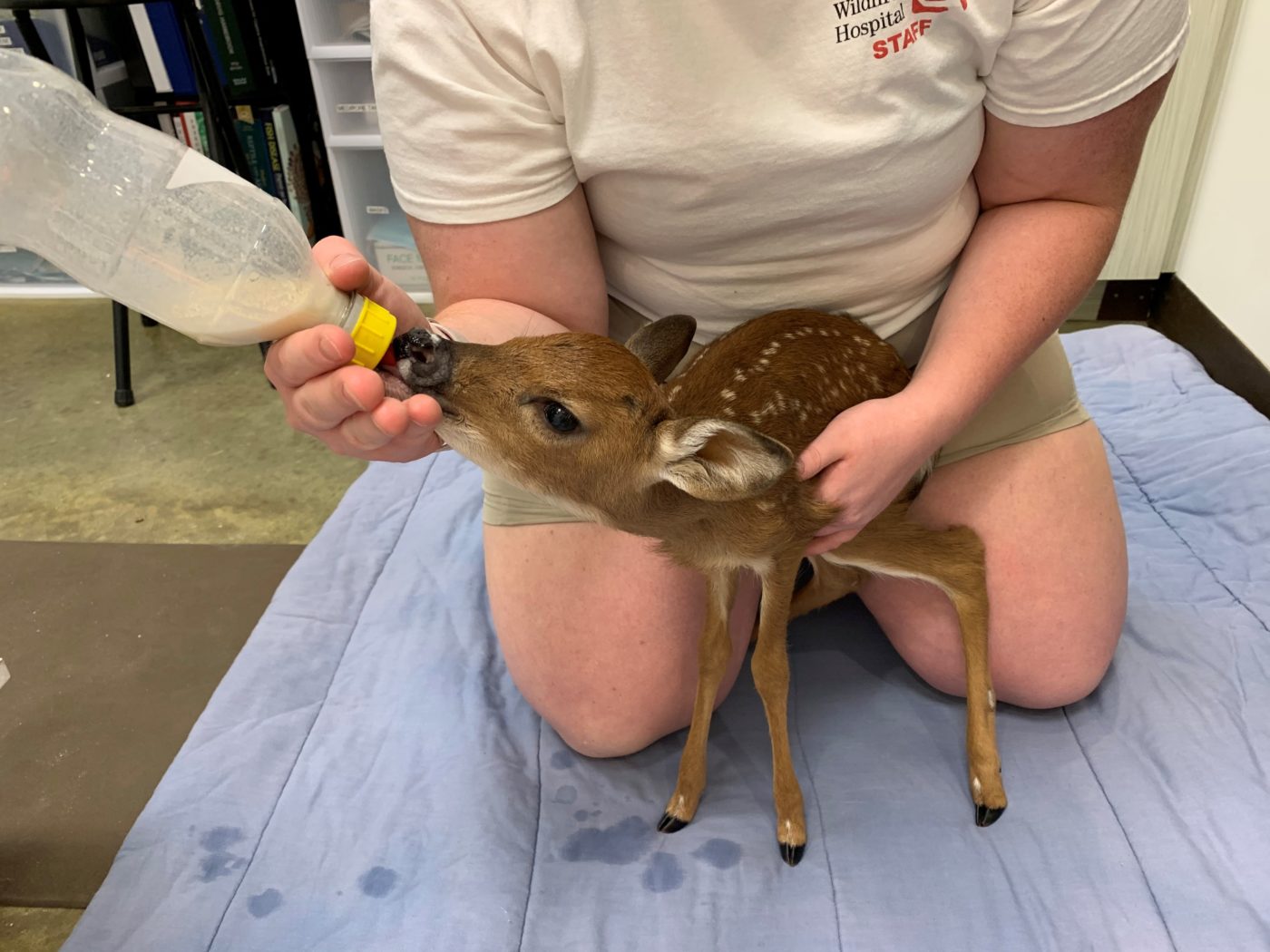
Baby Foxes: Playful and Often Not Alone
Fox kits often explore near their den and may appear unsupervised for hours. As long as they seem healthy and alert, no intervention is needed. If the kits appear sick or weak, or you believe the parents are no longer present, it’s time to call a wildlife expert.
Baby Opossums: Size Matters
Baby opossums riding on their mother’s back may fall off occasionally. If the opossum is over 7 inches long (excluding the tail), it can survive independently. Smaller ones likely need care from a licensed rehabilitator. Contact an animal welfare organization to assist in identifying the best next steps.
Baby Rabbits: Often Fine Without Help
Young rabbits that are about 4 inches long with open eyes, upright ears, and who hop well are likely independent. If you find a nest of uninjured babies, it’s best to leave them alone. Mother rabbits return only a few times a day.
If the nest has been disturbed, lightly cover it with natural materials and mark it with a small pattern of sticks or string. Check the pattern after 24 hours — if it’s disturbed, the mother has likely returned. If not, seek advice from a wildlife rehabilitation expert.
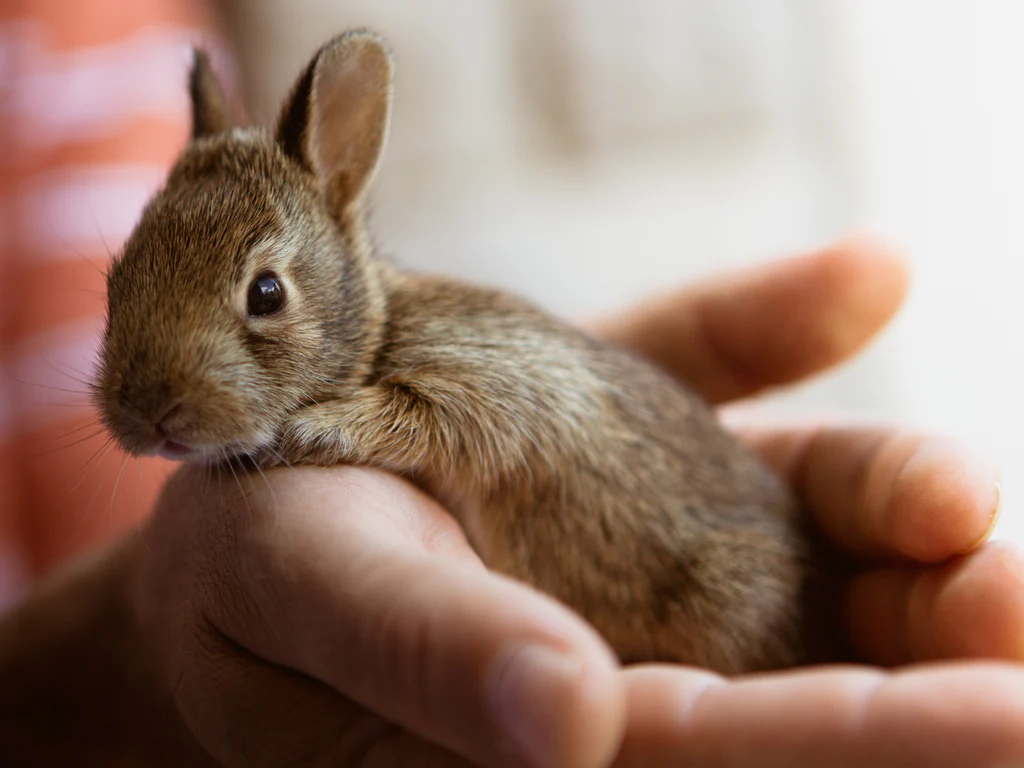
Baby Raccoons: Watch Closely, Act Carefully
Mother raccoons rarely leave their babies alone. If you find a raccoon cub on its own for more than a few hours, place it in a ventilated pet carrier or under a laundry basket (not tightly secured) and observe from a distance. The mother may return after dark.
If she does not come back, reach out to a wildlife rescue organization. Many animal welfare charities warn against trapping adult raccoons, as this can unintentionally orphan their young.
Baby Skunks: Stay Calm, Move Slowly
If you spot a line of baby skunks without their mother, give her time to return. If necessary, you can gently contain the babies under a light basket (without adding weight) to keep them in one place. Skunks have poor eyesight and may wander, but their mother will return if she can locate them.
Move slowly and speak softly when nearby. If the mother doesn’t return by dawn, a wildlife professional should be contacted for further help.

Baby Squirrels: Climbing Toward Independence
A juvenile squirrel with a fluffy tail that can climb and jump is likely independent. If one repeatedly approaches people, it’s likely orphaned and needs assistance.
Scenarios to watch for:
- A baby falls from a tree
- A nest falls during a storm
- A tree is cut down with a nest inside
If the baby is uninjured and in a safe area, give the mother time to retrieve it. You can place it in a shallow basket attached to the tree to help her find it. If weather conditions are harsh or the baby is too small, keep it warm in a box using a heating pad or hot water bottle (with fabric in between) until a rehabilitator can be contacted.

How Animal Welfare Charities Can Help
Reaching out to animal welfare charities can make all the difference when you come across a baby animal in need. These organizations work with trained professionals, including licensed wildlife rehabilitators, to ensure wild animals receive appropriate care while minimizing stress and risk to both humans and animals.
If you’re unable to find a wildlife rehabilitator directly, contact:
- Your local animal shelter
- Humane society
- Animal control agency
- State wildlife agency
- Veterinary clinic
They can often connect you to the right resources and experts.

Final Tips for Helping Wildlife
- Avoid feeding wild baby animals. Improper diets can do more harm than good.
- Never try to raise wild animals yourself. It’s illegal in many places and can endanger the animal’s health and safety.
- Minimize handling. Always wear gloves and avoid direct contact to prevent stress or disease transmission.
- Keep pets away. Dogs and cats pose significant risks to young wildlife.
By taking informed, compassionate steps — and relying on the guidance of trained professionals and trusted animal welfare charities — you can help protect and support the next generation of wild animals in your community.
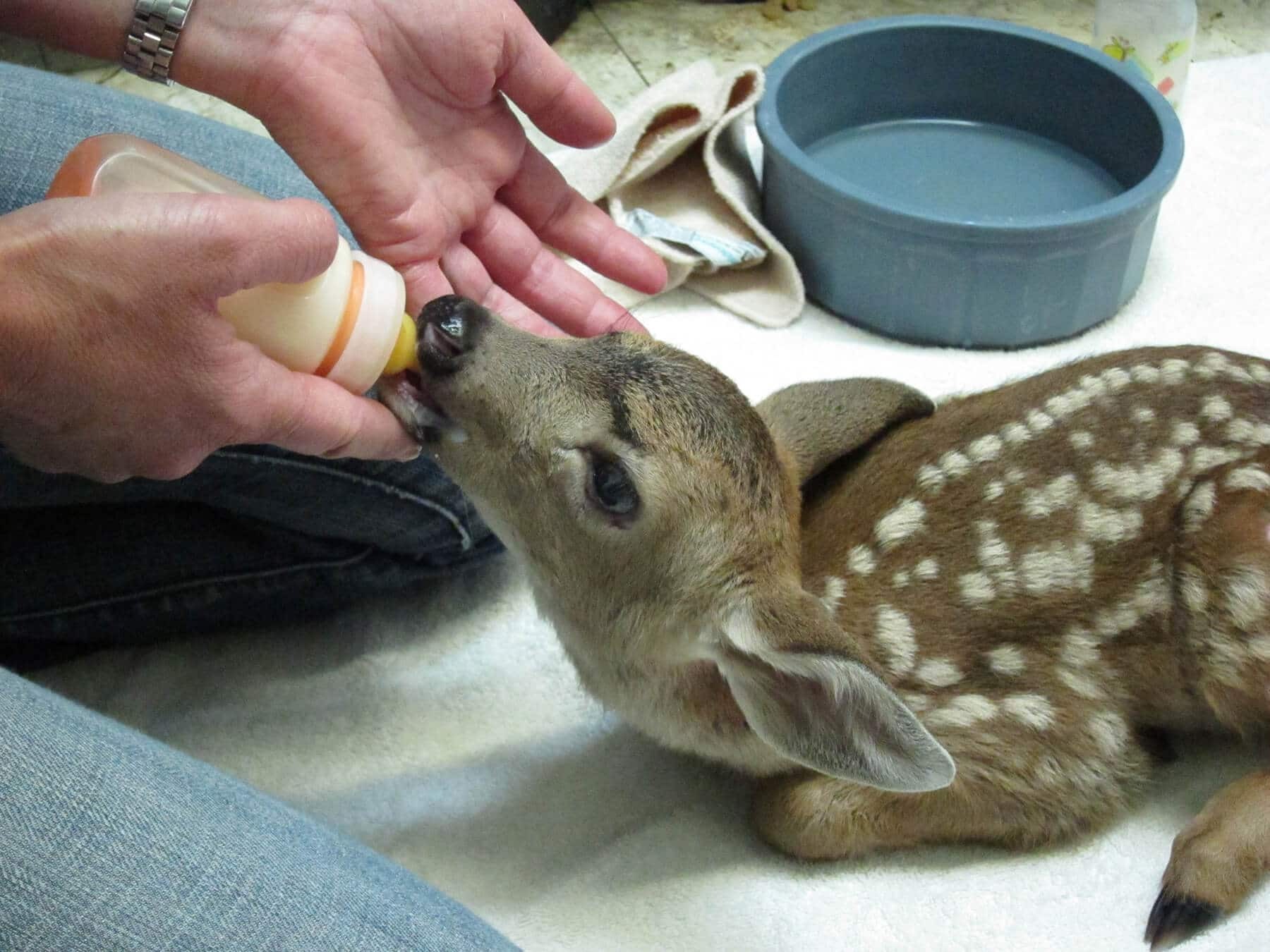
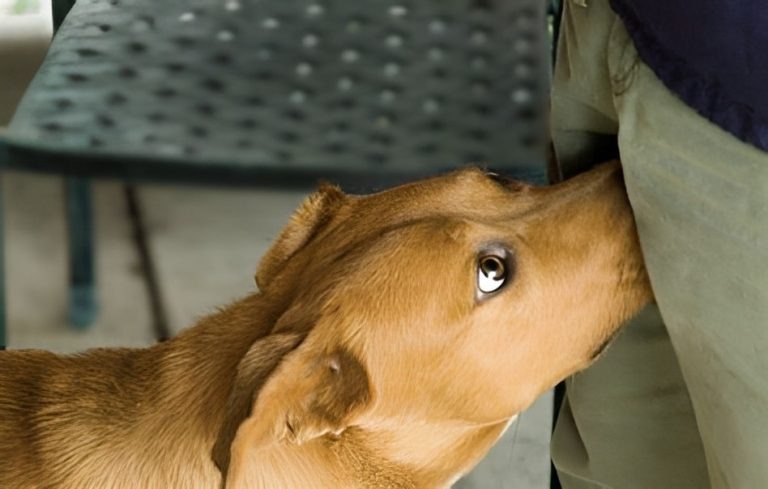
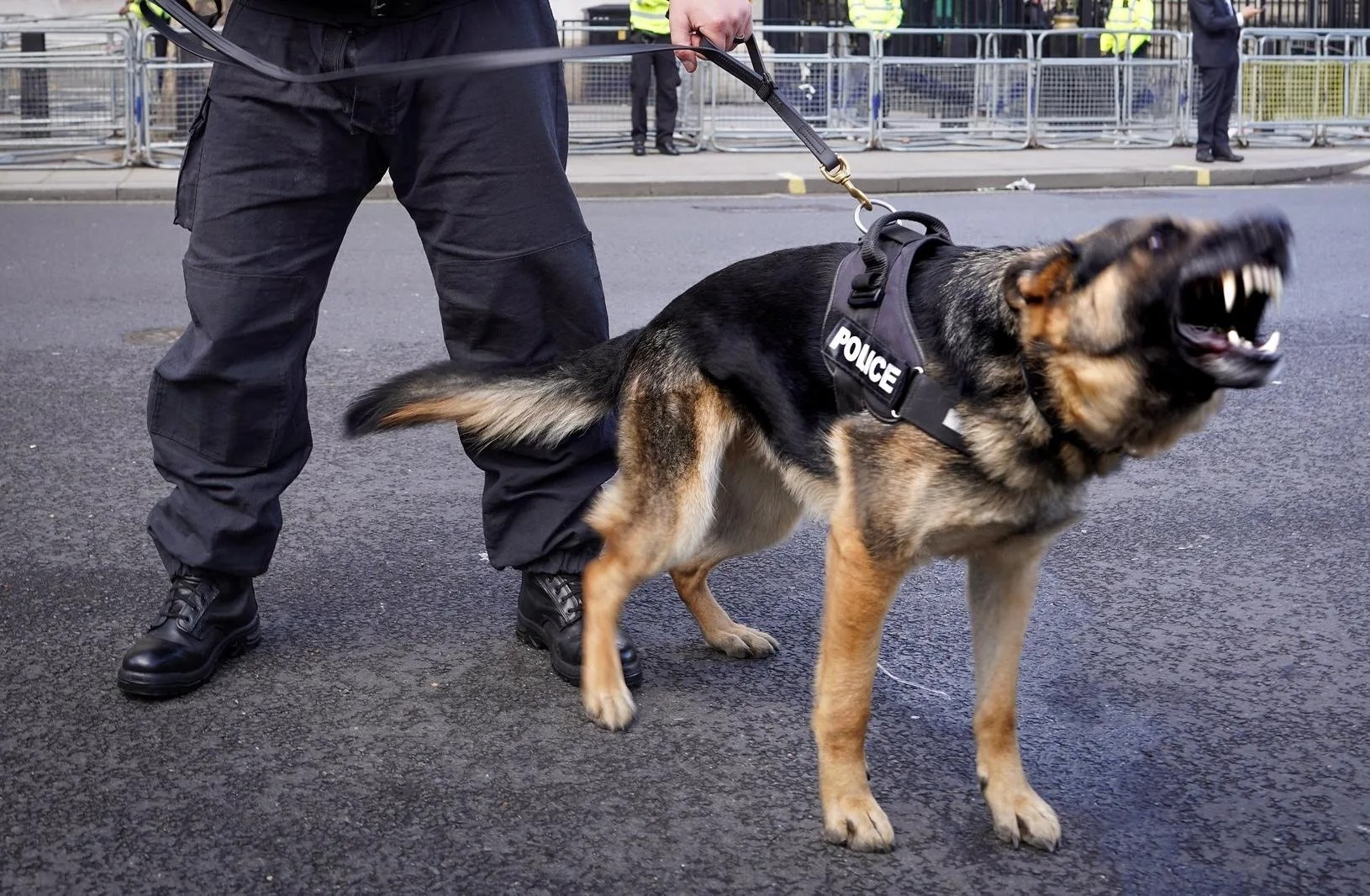
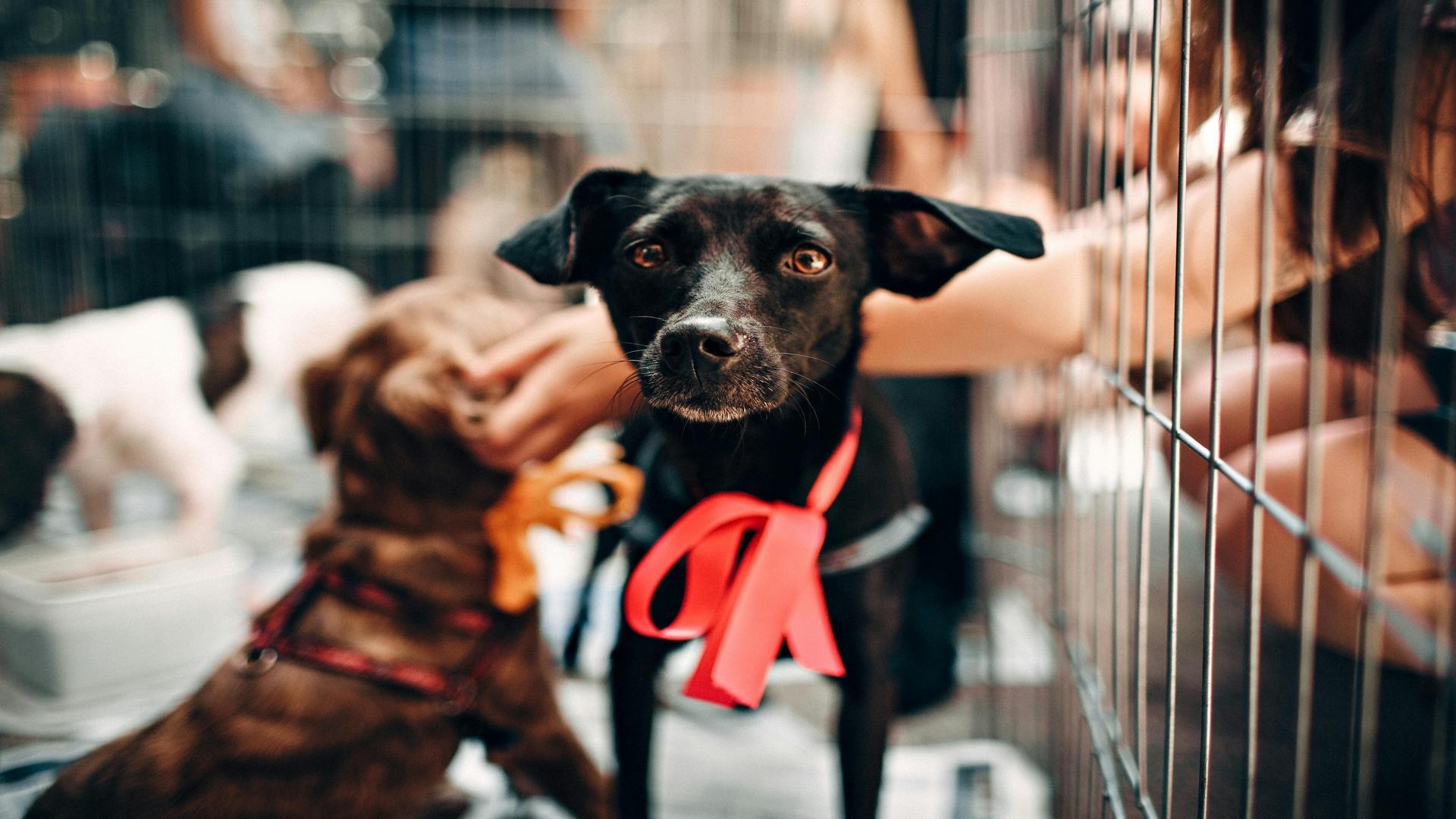
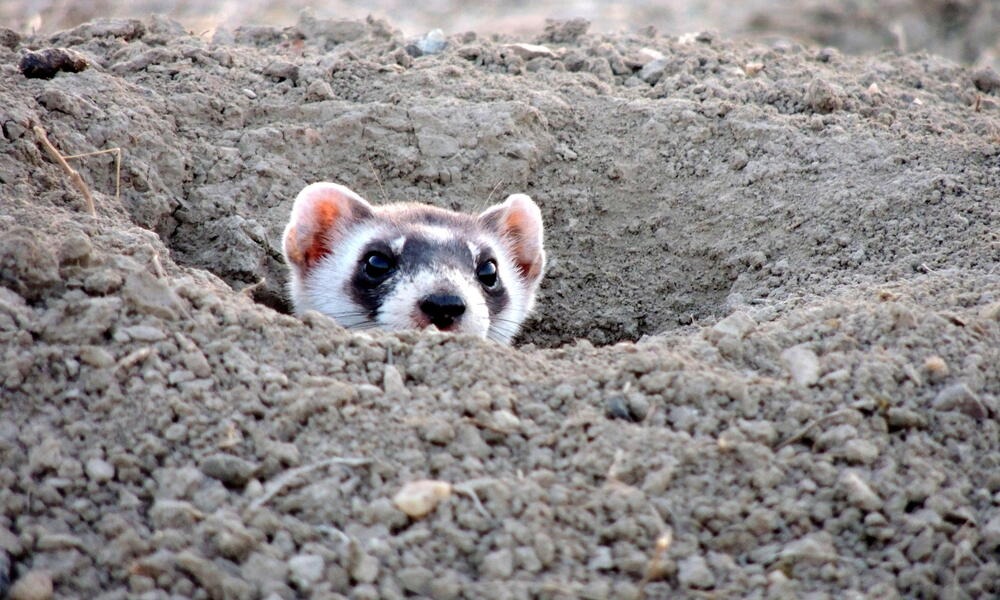

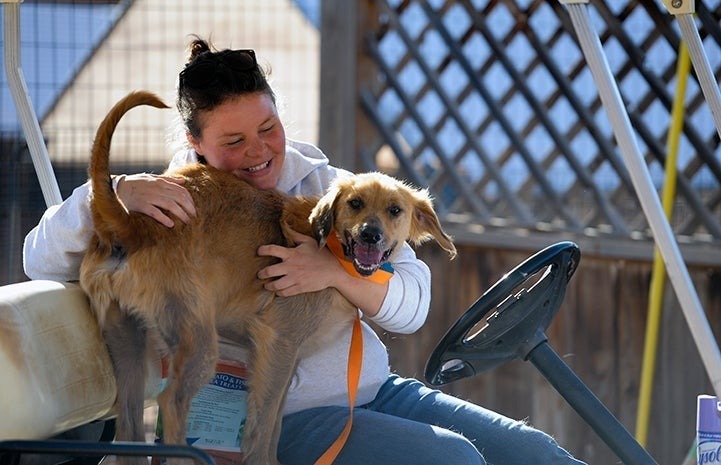
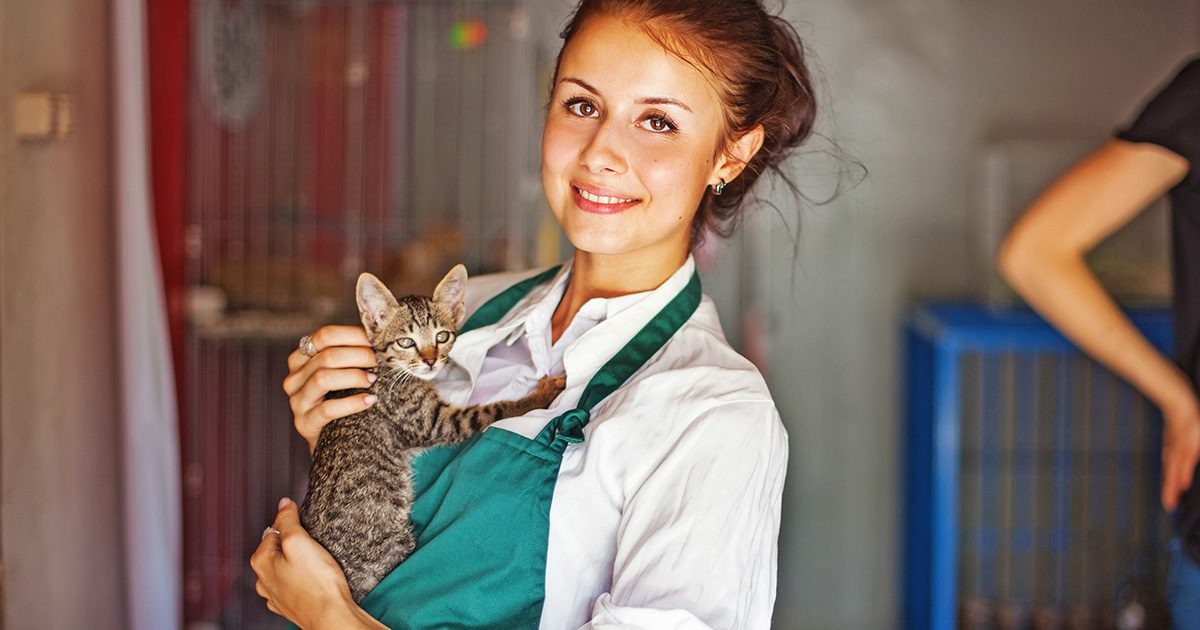
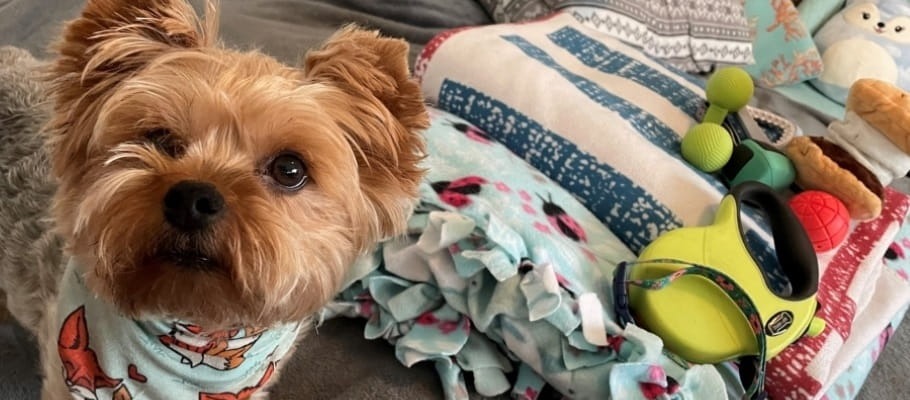
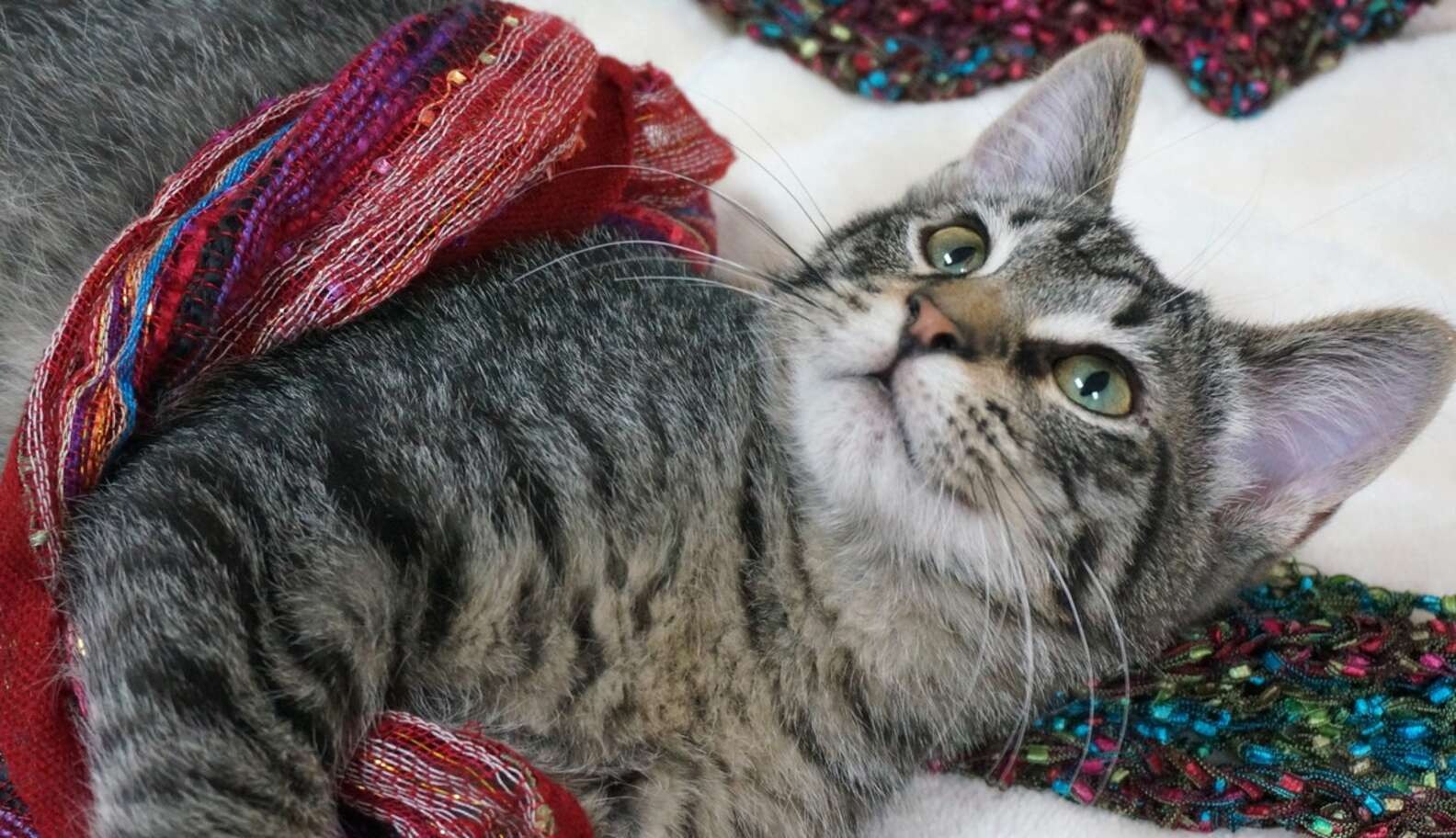
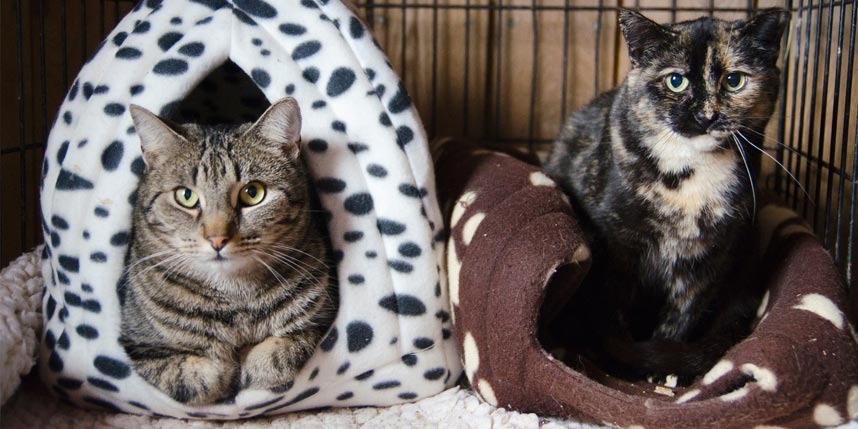
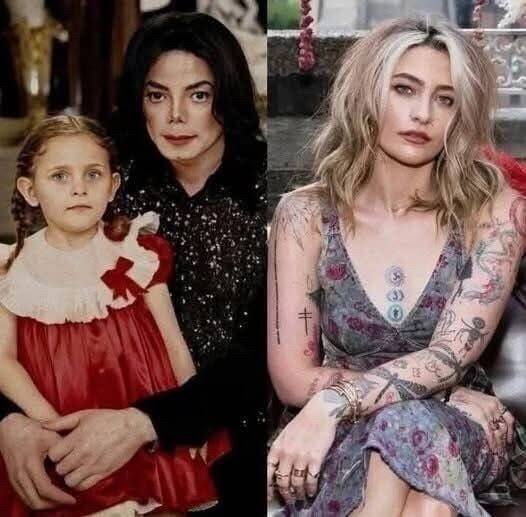



Leave a Reply